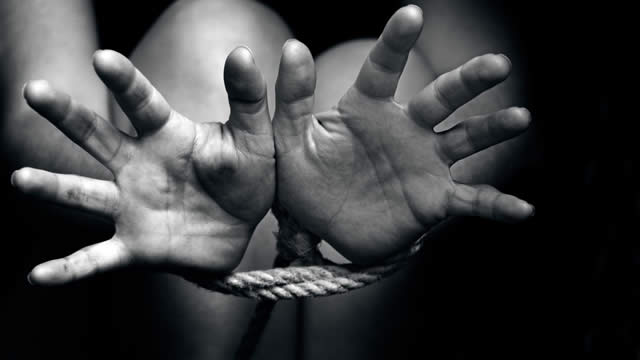Chief’s installation fulfilment of Lobengula’s wishes
He was installed at a colourful ceremony attended by Vice-President John Landa Nkomo, the Minister of Local Government, Rural and Urban Development, Dr Ignatius Chombo, Matabeleland North Governor Thokozile Mathuthu and her Bulawayo counterpart Ambasssador Cain Mathema, deputy president of the council of chiefs, Chief Mtshana Khumalo of Bubi.
The ceremony was held at Dinyane Secondary School.
The installation of Chief Mahlathini brings to six the number of chiefs in Tsholotsho district. These are chiefs Gampu, Mathuphula, Siphoso, Tategulu, Mahlathini and Magama Hadebe.
By 10am scores of people among them traditional leaders villagers, school children and heads of Government departments had gathered at the school where they were entertained by different groups through poetry, traditional dance and music.
Narrating the history of the Mahlathini chieftainship VP Nkomo, who also comes from Tsholotsho, said Chief Mahlathini was stripped of the title because of his boldness in resisting settler colonial rule.
VP Nkomo said the reinstatement of Chief Mahlathini was a significant occasion in the history of Zimbabwe.
“This is a momentous event in the history of this country. As a Government reinstating Chiefs like Mahlathini to their positions was one of the most important outstanding issues.
“History tells us that King Lobengula had 14 substantive chiefs and Mahlathini was one of them. We are here today not to choose a new chief but to fulfill King Lobengula’s wishes,” he said.
VP Nkomo took the huge gathering down memory lane as he told them of the painful history of how the settler regime colonised the country.
He said the British government treacherously grabbed large tracts of prime land such as Nyamandlovu, Figtree and Solusi and gave it to its soldiers who had fought in World War One as compensation.
VP Nkomo said blacks were forcibly driven to semi-arid, stony and tsetse fly-infested native reserves, which were not suitable for human habitation.
He said Chief Mahlathini strongly resisted serving narrow colonial interests, which saw him being relegated to the level of a headman in 1956.
“Chief Mahlathini refused to bootlick the white man and turn against the wishes of his people. In 1956 he was stripped of the title and reduced to a headman.
“I was the headman at that time and I also lost the post because of my political involvement. It was because of this oppression that we went to war to regain our freedom as a people,” said VP Nkomo.
“I remember around 1966 we fought the whites with stones in Bulawayo together with Chief Mtshana Khumalo who is here because we wanted to regain our identity.”
VP Nkomo said teachers should teach the correct history and urged Zimbabweans to know where they come from and defend the gains of independence.
He urged Zimbabweans to work together and desist from fuelling divisions in order to achieve meaningful development and peace.
VP Nkomo pledged Government commitment towards addressing challenges facing rural communities and announced that the community share scheme programme would cascade to all parts of the country.
Speaking at the same occasion, Dr Chombo said the history of Matabeleland would not be complete without Chief Mahlathini.
He commended the chief for remaining steadfast in serving the community.
“It has taken us 55 years to reinstate Chief Mahlathini but it is better late than never. Today we are setting history and the record straight,” said Dr Chombo.
He challenged communities to respect their chief and urged other chiefs in the district to work hand-in-hand with Chief Mahlathini.
Meanwhile, Governor Mathuthu and her counterpart Ambassador Mathema applauded the installation of Chief Mahlathini who has been working as a headman.
For the past 55 years, Chief Mahlathini’s territory, which spans the area between Gwayi River and the Botswana border, has been run by Chief Gampu Sithole.
Chief Mahlathini was born in 1931 in Tsholotsho. He is married to three wives and has 21 children.










Comments